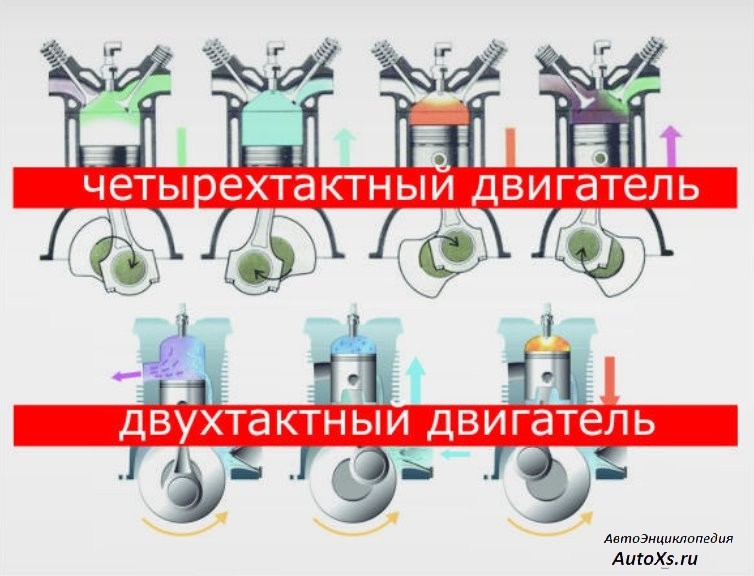
What is the difference between 4 stroke and 2 stroke engine?
Four-stroke and two-stroke engines have similar components but operate differently. Four-stroke engines are often found on SUVs.
What is engine stroke?
Most new cars, trucks and SUVs have engines that are very economical. For any engine to work properly, it must complete the combustion process, which involves four separate strokes of the connecting rod and piston inside the combustion chamber in a four-stroke engine, or two in a two-stroke engine. The main difference between a two-stroke engine and a four-stroke engine is ignition timing. How often they shoot tells you how they convert energy and how quickly it happens.
To understand the difference between the two engines, you must know what a stroke is. Four processes are required to burn fuel, each of which includes one cycle. Listed below are the four individual strokes that are involved in the four-stroke process.
The first stroke is consumption Stroke. The engine starts on the intake stroke when the piston is pulled down. This allows the mixture of fuel and air to enter the combustion chamber through the intake valve. During the starting process, power to complete the intake stroke is provided by the starter motor, which is an electric motor attached to the flywheel that turns the crankshaft and drives each individual cylinder.
Second stroke (strength). And they say that what has fallen must rise. This is what happens during the compression stroke as the piston moves back up the cylinder. During this stroke, the intake valve is closed, which compresses the stored fuel and air gases as the piston moves towards the top of the combustion chamber.
Third stroke - jogging. This is where strength is created. As soon as the piston reaches the top of the cylinder, the compressed gases are ignited by the spark plug. This creates a small explosion inside the combustion chamber which pushes the piston back down.
Fourth stroke - exhaust. This completes the four-stroke combustion process as the piston is pushed up by the connecting rod and the exhaust valve opens and releases the burnt exhaust gases from the combustion chamber.
A stroke is counted as one revolution, so when you hear the term RPM it means it is one full cycle of the motor or four separate strokes per revolution. So, when the engine is idling at 1,000 rpm, that means your engine is completing the four-stroke process 1,000 times per minute, or about 16 times per second.
Differences between two-stroke and four-stroke engines
The first difference is that the spark plugs ignite once per revolution in a two-stroke engine and ignite once per second revolution in a four-stroke engine. A revolution is one series of four strikes. Four-stroke engines allow each stroke to occur independently. A two-stroke engine requires four processes to take place in the up and down motion, which gives the two-stroke its name.
Another difference is that two-stroke engines don't need valves because intake and exhaust are part of the piston's compression and combustion. Instead, there is an exhaust port in the combustion chamber.
Two-stroke engines do not have a separate chamber for oil, so it must be mixed with the fuel in the right quantities. The specific ratio depends on the vehicle and is indicated in the owner's manual. The two most common ratios are 50:1 and 32:1, where 50 and 32 refer to the amount of gasoline per part oil. The four-stroke engine has a separate oil compartment and does not require mixing. This is one of the easiest ways to tell the difference between two types of engines.
Another method of identifying these two is by sound. Two-stroke engines often make a loud, high-pitched hum, while a four-stroke engine makes a softer hum. Two-stroke engines are often used in lawn mowers and high-performance off-road vehicles (such as motorcycles and snowmobiles), while four-stroke engines are used in road vehicles and large-displacement high-performance engines.